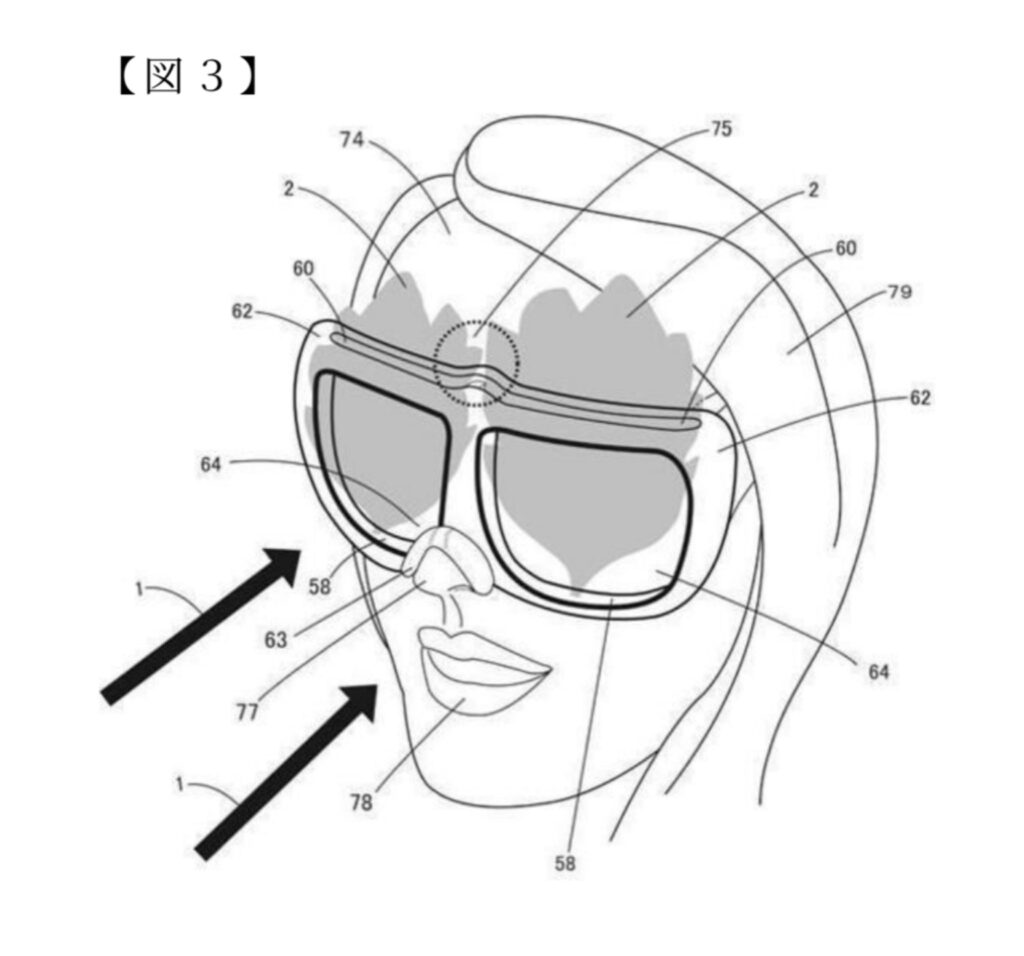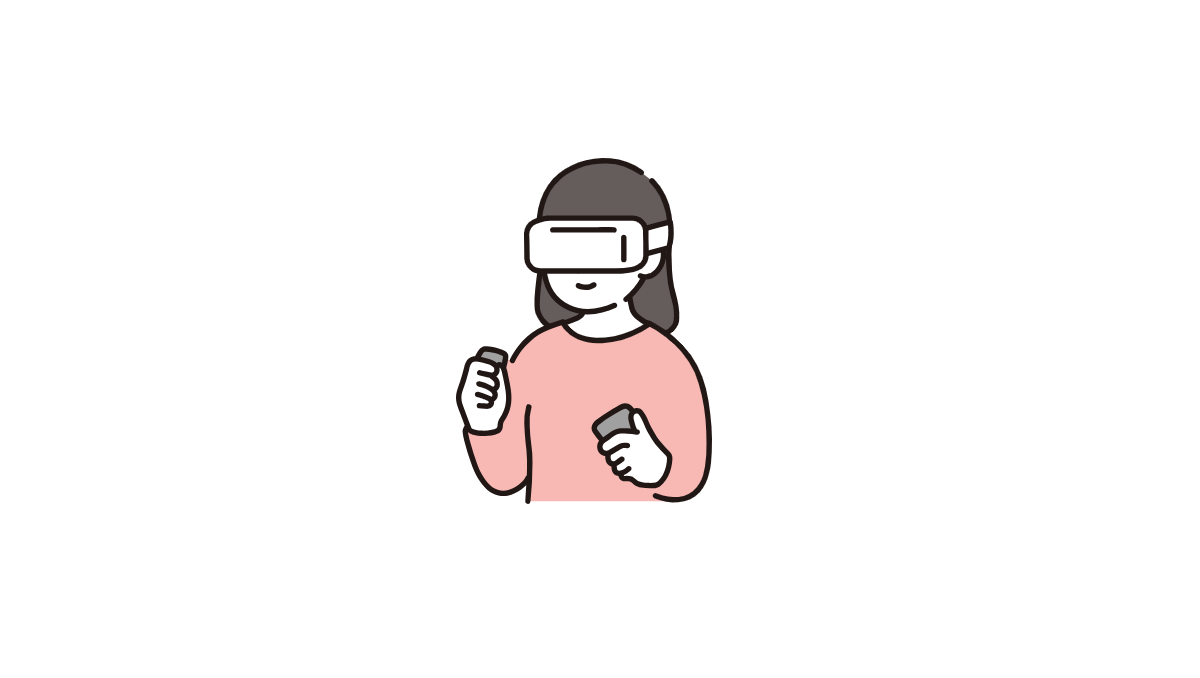
Introduction: Seeing the World Through Something Alive
Some inventions surprise us not because they are complex, but because they are beautifully simple.
This patent drawing presents eyewear that uses a real, living leaf as the lens.
It filters the world through natural translucency, shifting vision from sharp clarity to soft atmosphere.
It is a playful yet poetic idea—one that brings nature directly to our eyes.
What the Drawing Shows
The illustration reveals:
- A frame designed to hold a fresh leaf in place
- Light-pressure supports that prevent damage
- A structure allowing quick replacement
- A design focused on simplicity and natural materials
Every element works together to let the leaf function as a calm, organic filter.
How the Leaf-Lens Works
A fresh leaf is placed between the inner edges of the frame.
The structure applies gentle, even pressure so the leaf stays flat and undamaged.
Its natural translucency creates a soft green veil over the world—not for precise vision, but for an ambient, soothing visual experience.
Sustainability at the Center
- 100% biodegradable lens material
- Ultra-low environmental impact
- Renewal simply by replacing the leaf
- A wearable reminder of nature’s texture and beauty
This design transforms eyewear into a seasonal, living expression.
Emotional Appeal
Looking through a leaf slows the pace of perception.
The leaf veins create organic patterns that soften the view and shift attention inward.
It feels more like an experience than a function.
Engineering Challenges
- Leaves dry quickly
- Surfaces tear easily
- Color fades with time
- Moisture balance must be maintained
Designing with living materials requires patience and sensitivity.
Patent Attorney’s Thoughts
There is a quiet sincerity in this invention—a willingness to place nature at the center of a device we use so close to our eyes.
Instead of improving clarity, it improves presence.
The leaf lens invites us to see the world as something soft, temporary, and alive.
In an age of high-definition screens and artificial precision, this design reminds us that not everything needs to be sharpened.
Some things are better when they make us slow down, breathe differently, and feel the world rather than measure it.
Application of the Technology: Bio-Synthetic Vision Ecosystem and Living Sensory Interface Systems
Original Key Points of the Invention
- Eyewear uses an actual processed leaf as part of the lens or decorative front panel.
- The leaf retains its natural texture, translucency, and color gradation.
- Structural reinforcement allows the fragile organic material to function as a durable eyewear component.
- The design fuses sustainable materials with optical accessories, bringing nature directly into the user’s visual field.
Abstracted Concepts
- Integrating living or formerly living biological surfaces into vision interfaces.
- Allowing natural micro-structures (veins, chlorophyll patterns) to influence perception and aesthetics.
- Using organic material as an information filter or sensory modulator.
- Merging biological identity with personal optical devices.
Transposition Target
- A “bio-synthetic vision ecosystem” where living micro-organisms, plant tissues, or responsive biofilms embedded in eyewear dynamically alter what the user sees based on environment, emotional state, or biological rhythms.
Concrete Realization
A pair of glasses contains a thin living biofilm cultivated from plant cells.
The film changes translucency, tone, and pattern depending on humidity, sunlight, and the user’s stress levels.
During calm states, the lens grows soft fractal veins; during stress, it tightens into sharp geometric meshes; during creativity, pigments bloom like micro-leaves.
The eyewear becomes a symbiotic organism—co-evolving with the wearer and modulating perception like a shared biological companion.
Nature is no longer decoration but a responsive visual partner.
Disclaimer: This content is an AI-generated reinterpretation based on a patent drawing.
It is provided for educational and cultural purposes only, and not as legal advice.
↓Related drawing↓




